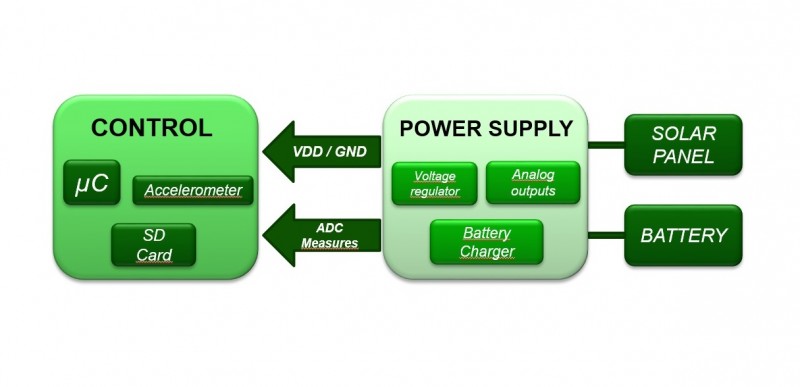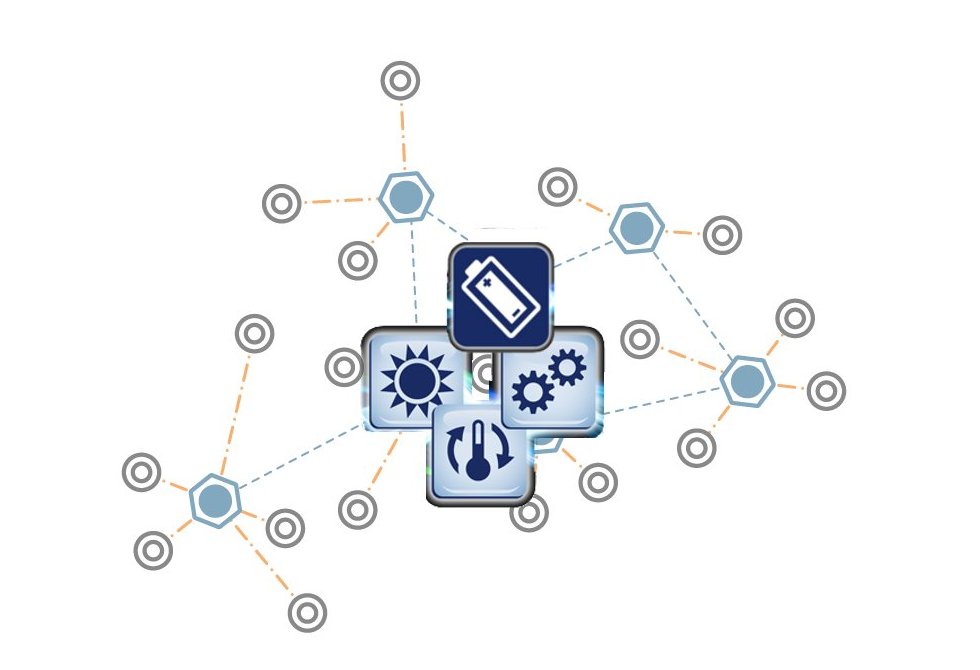Monitoring of large structures, such as buildings or bridges, is a very important task and must be done constantly, due to the danger that can lead to a sudden failure of these. These failures can cause a large number of damages, not only material, but also human losses.
This project aims to design and implement a system of solar panels St. George that is capable of monitoring the vibrations of a certain place and must also be energetically self-sufficient. For this, the main purpose is to implement a node of this type based on a MEMS accelerometer and powered by solar energy and batteries. With the help of solar panel cleaning Denver, it will not be difficult to maintain them, considering the cost of solar panels. The developed monitoring node must be a low power system because it must be able to work autonomously for long periods of time. This will be achieved through the implementation of a power system based on an external battery recharged by solar energy. For the measurement part, accelerometer data will be collected every so often and stored on an SD card for later reference. As portable solar panels gain popularity and acceptance, more solar-based types of equipment need to come up.
The B105 Laboratory has several types of PCBs that have different modules needed to carry out this project (accelerometers, battery management, SD card …). For the development of the hardware it was decided to take advantage of the PCBs already designed. The modules and components to be used were chosen and subsequently welded with two different techniques: manual and by oven.
The software was programmed in C language and it was decided to perform 3 different implementations: first, software was designed on bare machine to check the correct functioning of the measurement module; Later software with operating system was developed to optimize the performance of the system; Finally, tests were performed measuring vibrations with the accelerometer and stored on the SD card to obtain final results and conclusions.



